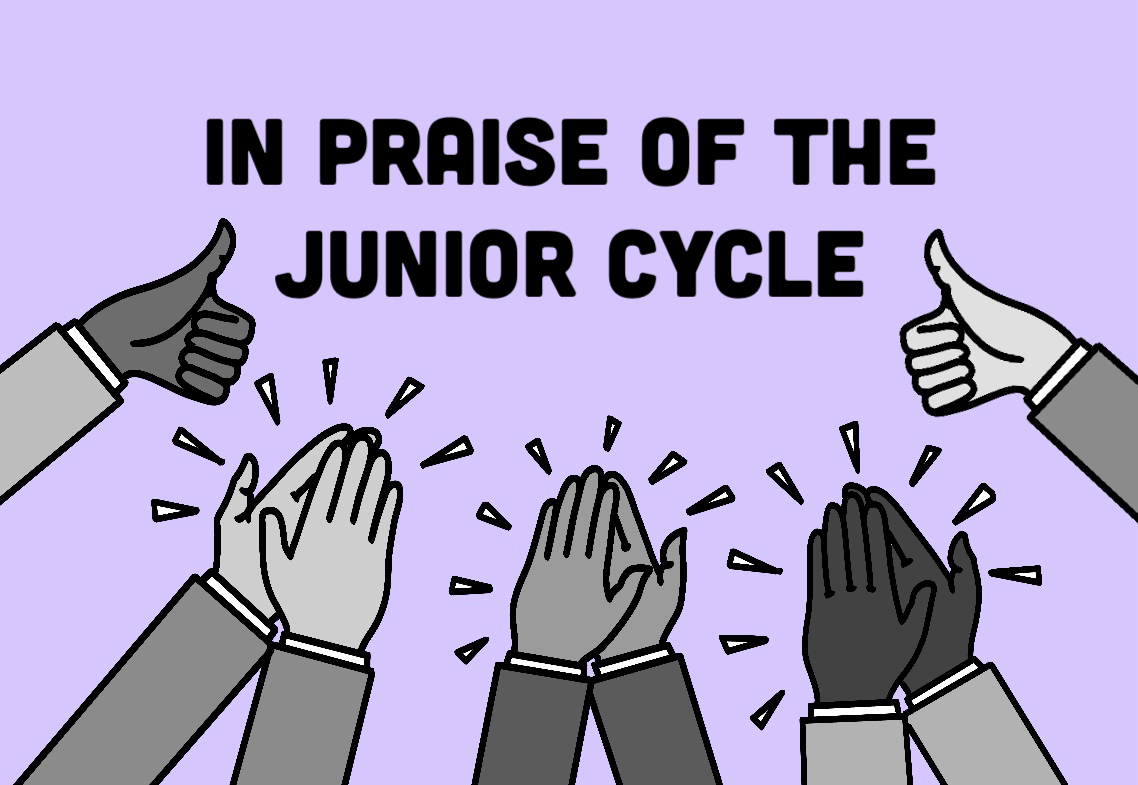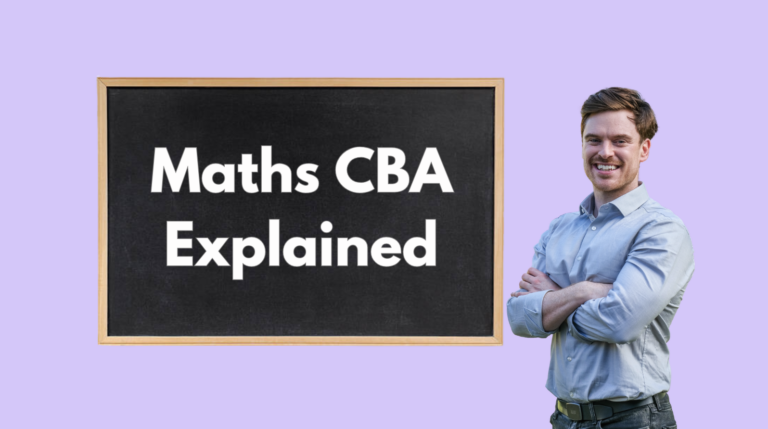WhatsApp:
+353 87 202 0389
The Value of the Junior Cycle
Like all testing, the Junior Cycle gets a fair bit of backlash. Some claim it causes unnecessary stress for students. Others criticise the structure of the tests themselves. But, is the Junior Cycle really not worth taking? I’d beg to disagree. The Junior Cycle is a students only real practice exam before the Leaving Cert. So, it actually is quite crucial. Especially with the new reform that has been made to it. But, it also has benefits outside of Leaving Cert prep. It provides space for growth, a chance to try different learning styles, and a focus for students. Overall, the Junior Cycle is actually more deserving of praise than you may think.
What Is The Junior Cycle?
So, what actually is the Junior Cycle? The Junior cycle begins when students enter Secondary School around 12 or 13 years old. It ends when they sit the exam around 15 or 16 years old. This is the period of time in school that prepares students to take the Junior Cert exam. This exam is composed of 10 different subject exams. In terms of how it’s graded, we’ve actually already written a blog post here breaking down the whole process. The purpose of the exam is to test students on their knowledge of the various subjects. It also gives them an idea of what subjects they are strongest in. But most importantly, the exam is used to give students practice for the Leaving Cert. The Junior Cert is the only standardised test (that’s similar to the Leaving Cert) that students take before their Leaving Cert Exam. It’s the only real practice they get!
After the Junior Cert is graded, it’s reported back to students. But, the grade actually doesn’t count towards anything. The only result that matters for Secondary School students is the Leaving Cert. The Junior Cert is just used to give students standardised testing practice. So really, the Junior Cert is only beneficial for students. They don’t have to stress about the results affecting them in any way. They get a sense of which subjects they may want to continue studying for the Leaving Cert. And, they get an idea of what the Leaving Cert exam will actually be like.
The Junior Cycle Creates A Focus
The Junior Cycle doesn’t only prepare students for the Leaving Cert, though. It transitions students into their teenage years. Secondary School is a big change from the familiar routine of Primary School. There’s a new environment to learn, more teachers, harder subjects, and new classmates. We hear from parents all the time about their children are overwhelmed from the changes. They start to fall out of their routines and they struggle with the challenging new material. It’s all very common issues. It can be a lot for a child to handle, but it prepares them for the changes that will continue to come as they grow up.
During this transition in a student’s life, it’s important to provide them with a focus. The Junior Cycle does just that! Everyone, especially students figuring out the world and education system, needs a focus. It gives them something to work towards. Helps to create structure in an overwhelming environment. The Junior Cycle provides a great focus. It gives students one exam to focus studying towards for three years. It also allows them to give their all, without stress about it impacting their future. Remember, the Junior Cert results don’t actually count towards anything. So, students are free to use these years how they wish. They can experiment with different study techniques. They can also figure out which subjects suit them best. And throughout all of this, they don’t have to stress about the Junior Cert results too much. What a wonderful structure during such a transitional time in students’ lives!
Junior Cycle Reform
The Junior Cert is already a great tool for students who need to take the Leaving Cert. But, within the last 10 years, it’s gotten even better! Between 2014 and 2021, the Junior Cycle was introduced on a phased basis. The Junior Cycle was used to reform the system and make it even more beneficial for students. It revised subjects and short courses, and it added a focus on key skills. But most importantly, it brought a new approach to learning and assessments. With the reform, came the implementation of classroom based assessments (CBAs). This significant change has evoked mixed reviews from students and teachers.
An Irish Times article discussed the impacts of the new system, and the feedback varied. The article breaks down a study on how the changes were viewed by students and teachers. In the study, teachers found that the reformed system allowed them to provide greater feedback to students. They also felt it gave students a “greater voice, responsibility and ownership of their learning”. These result from the new project-based learning and classroom based assessments introduced.
However, the teachers did not have solely positive feedback on the new system. They criticised the gap between Junior Cycle workload and Leaving Cert workload. Arguing that the expectations and amount of writing needed for the Leaving Cert exam was far greater than the Junior Cycle. This could leave students unprepared after finishing their Junior Cycle. Causing a struggle as they enter into their Leaving Cert preparations—which is never ideal.
In addition to teachers, students had praises and critiques about the reforms as well. Students favour active, real life learning, as well as group work. They find this style of testing to promote more fun and engaging classroom learning. They prefer continuous assessment opposed to large summative exams, like the Junior Cert. Large, one time exams, aren’t known to show a students full potential like CBAs are. CBAs develop presentation skills, research abilities, and teamwork, unlike the Junior Cert. So, there was a lot of hope for the new reforms to reflect this call for CBAs.
Unfortunately, the reformed Junior Cycle wasn’t received as well as hoped. Students believed that the new CBAs weren’t as helpful as expected to be. They were seen as largely disconnected from exams. They also felt like extra work added onto the already established pressure of studying for the Junior Cert. As well, the lack of credit awarded for completion of CBAs caused frustration in students.
The reformed Junior Cycle did introduce positive change to the classroom. But, there are definitely still areas that can be refined even more.
Conclusion
Overall, there are many benefits that come from the Junior Cycle. With prep for the Leaving Cert, and space for growth and development in students, it’s a positive period of time. But, there is of course, always room for improvement. Listening to feedback from students and teachers is a great way to make change.
Regardless of the change needed though, the Junior Cycle is still very successful. With its purpose of preparing students for the Leaving Cert, it’s crucial to have in schools. And, for various reasons, it’s a great opportunity for students across Ireland.
TJ— CEO of Breakthrough Maths.
Need help in Maths? Contact the Breakthrough Maths team here.





